Read Dr. Paul Shaw’s comments in an article in Knowable Magazine about REM sleep across the animal kingdom.
Do spiders dream? What about cuttlefish? Bearded dragons? (Links to an external site)
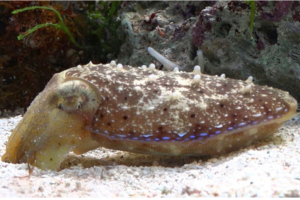

Read Dr. Paul Shaw’s comments in an article in Knowable Magazine about REM sleep across the animal kingdom.
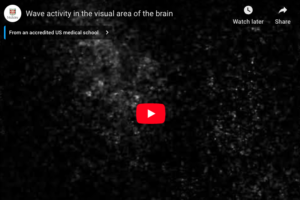
Brain areas are marked by distinct activity patterns very early, marsupial study published in PNAS by the Richards Lab shows.

Leandro Fosque, PhD, joins the CTCN at Washington University to study the mechanisms underlying homeostasis in the brain.
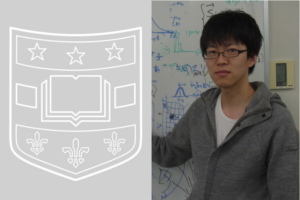
Hiratani, a theoretical neuroscientist, seeks to bridge the gap between neuroscience and AI to gain a better understanding of both the brain and artificial intelligence.
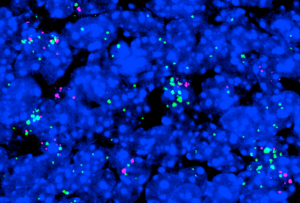
Assistant Professor Jason Yi’s latest work on UBE3A is highlighted in Spectrum.

Read comments from Dr. Ethan Bromberg-Martin, a senior scientist in Ilya Monosov’s lab, on a new study about the value of inconsequential knowledge.
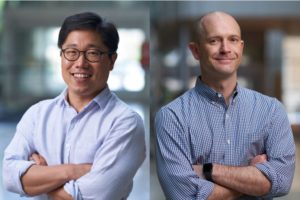
In the Yi Lab, the funding will go to developing an inhibitor of the protein UBE3A, which causes neurodevelopmental disorders. The Gabel Lab is establishing a novel platform to examine brain connectivity and gene disruption in a model of Rett Syndrome.
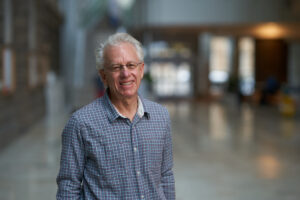
Dr. Bridgman made fundamental discoveries into the structure of growth cones and developed novel histology teaching approaches over his 4-decade career at Washington University.
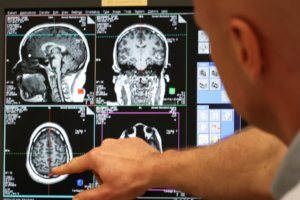
Read Dr. David Van Essen’s comments on the new study in Nature.
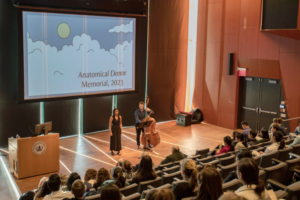
Gratitude ceremonies give students and faculty members a chance to recognize the sacrifice of those who gave their bodies for medical research and education, and the loved ones they left behind.